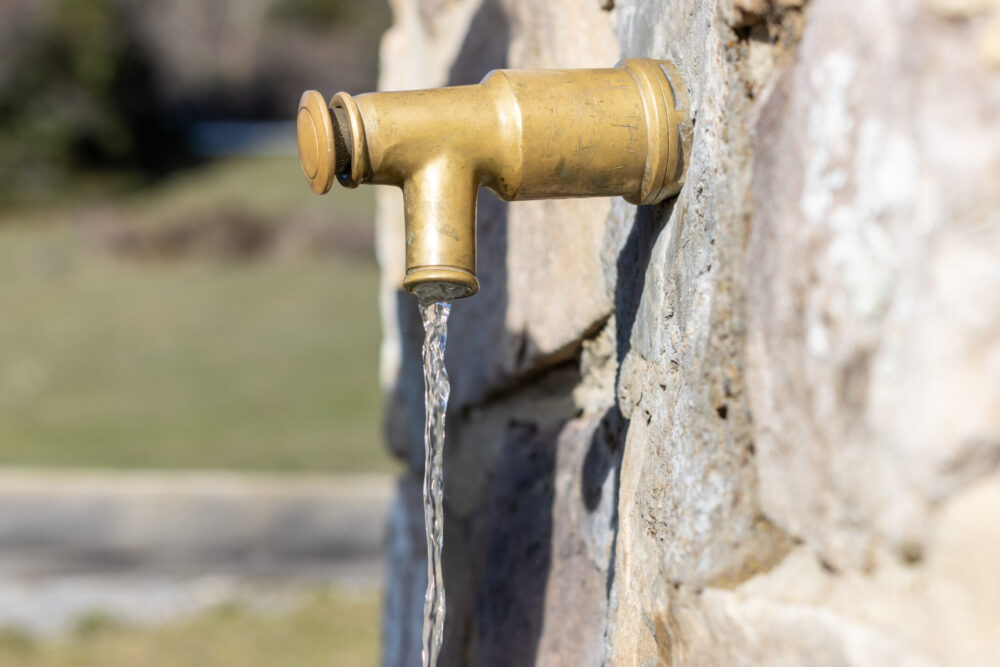
Water flow is a critical aspect of irrigation design as it determines the amount of water that can be delivered to plants or specific areas within the irrigation system. When considering water flow in irrigation design, the following factors are typically taken into account:
-
Flow Rate: The flow rate refers to the volume of water that can be delivered through the irrigation system per unit of time, usually measured in gallons per minute (GPM) or liters per second (L/s). It is essential to determine the required flow rate based on factors such as plant water requirements, soil type, and irrigation method (e.g., sprinklers, drip irrigation).
-
Water Source Capacity: The capacity of the water source, such as a well, reservoir, or water supply line, is considered when designing an irrigation system. It is important to ensure that the water source can provide an adequate flow rate to meet the irrigation demands. The available flow rate from the source helps determine the maximum flow rate that can be utilized in the system.
-
Pipe Sizing: Proper pipe sizing is crucial for maintaining the desired flow rate throughout the irrigation system. Pipe size is determined based on the anticipated flow rate, pipe material, and the length and number of pipe sections. The goal is to minimize pressure loss due to friction within the pipes, which can reduce the flow rate.
-
Pressure Requirements: The pressure needed for effective irrigation varies depending on the irrigation method and the type of emitters or sprinklers used. Pressure influences the distance covered by the water spray and the uniformity of water distribution. The designer must consider pressure requirements to ensure proper functioning of the irrigation system and achieve the desired coverage.
-
Hydraulic Calculations: Hydraulic calculations are performed to determine the pressure and flow rate at different points within the irrigation system. These calculations consider factors such as pipe length, elevation changes, fittings, and friction loss. By analyzing the hydraulic characteristics, the designer can ensure that the system operates efficiently and delivers the required flow rate and pressure to each irrigation zone.
-
Zoning and Valve Selection: Zoning involves dividing the irrigation system into separate zones based on factors like plant types, sun exposure, or soil conditions. Each zone typically requires a specific flow rate and may have its own valve to control water flow. Proper zoning and valve selection help optimize water distribution and meet the diverse needs of different areas within the irrigation system.
-
Water Conservation: In irrigation design, water conservation strategies are often integrated to minimize water waste and promote efficient water use. This may include the use of pressure-regulating devices, water-saving sprinkler heads, drip irrigation technology, or soil moisture sensors to regulate water flow based on actual plant needs.

